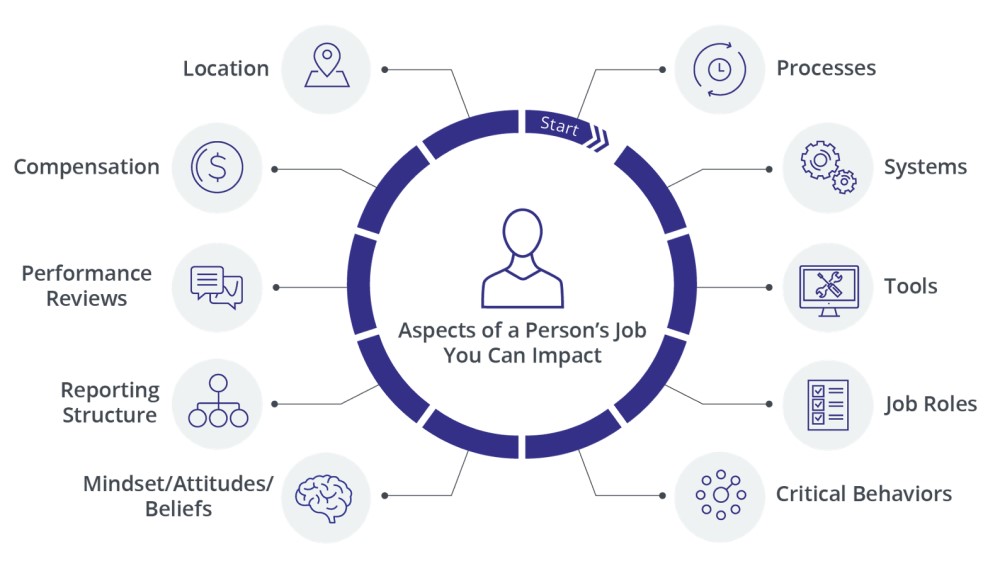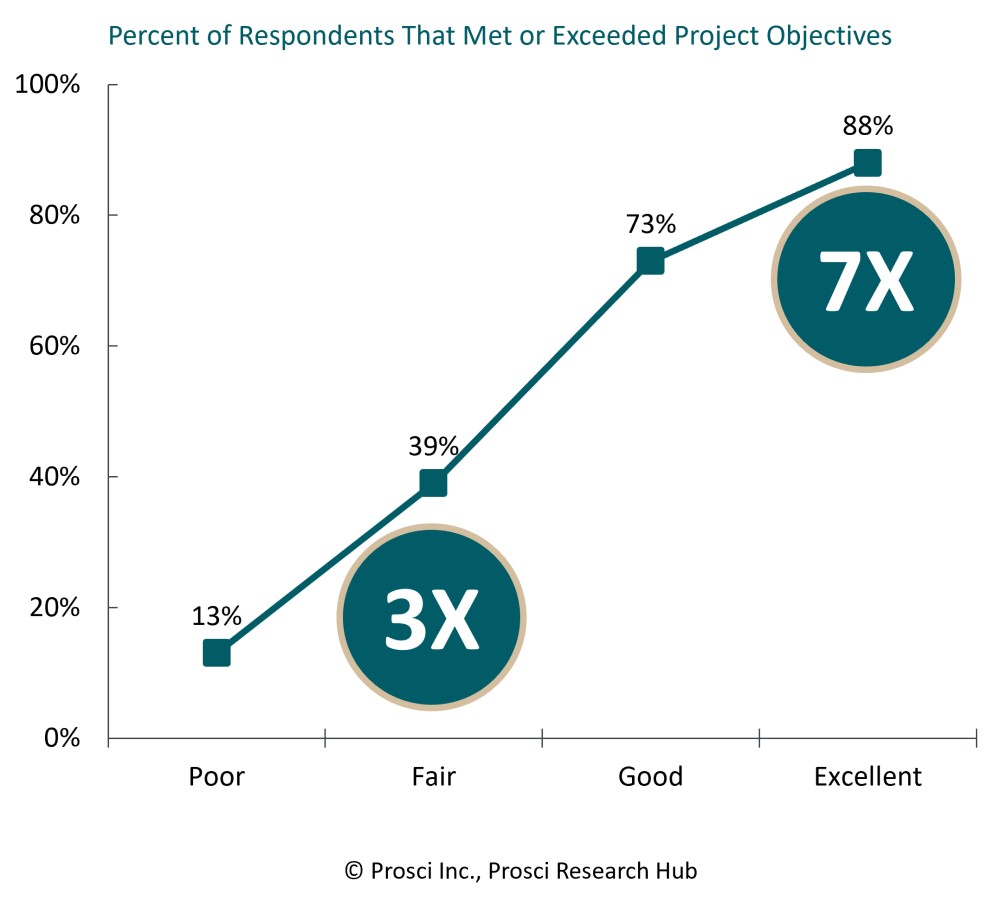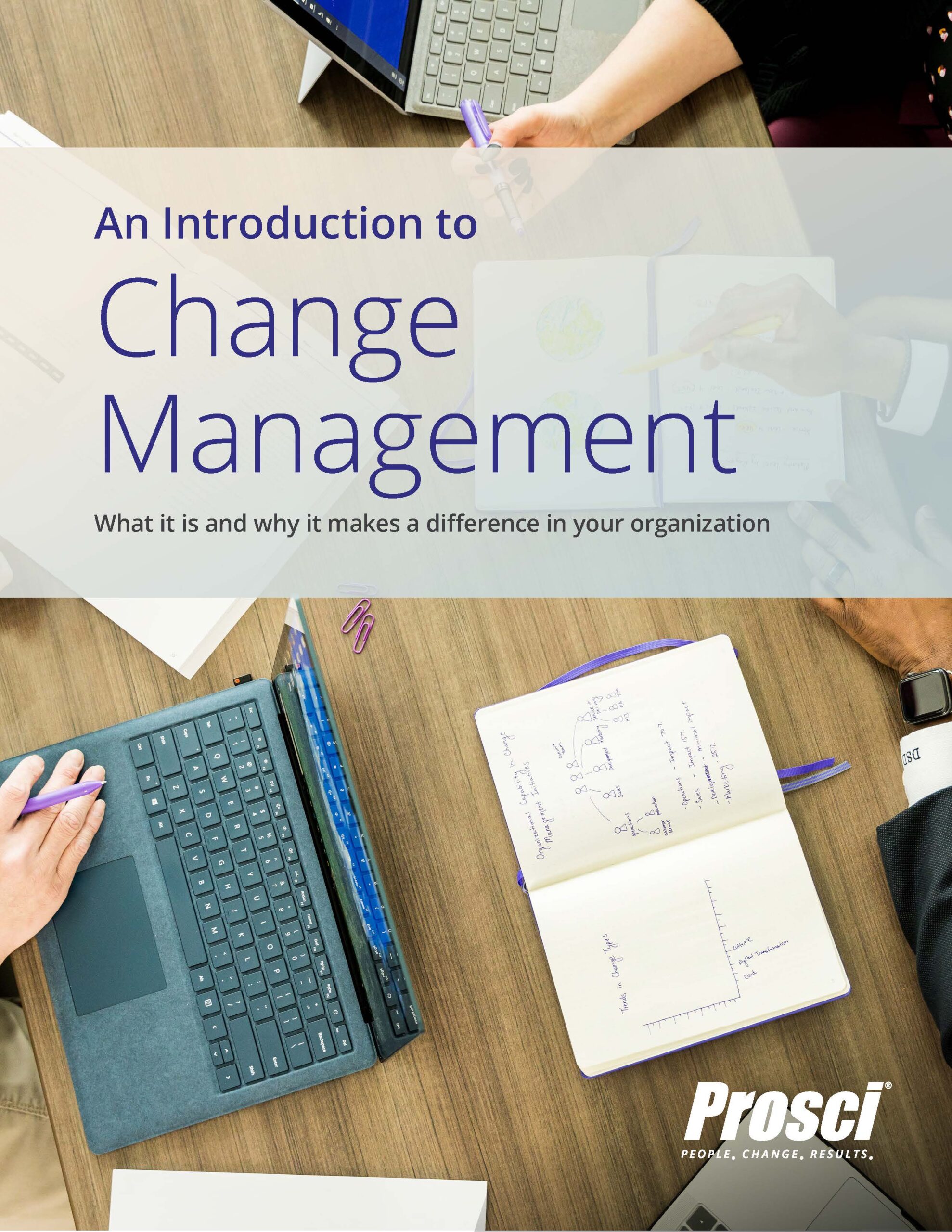What is Change Management
Sustaining growth throughChange Management in a dynamic era
The environment surrounding us is changing significantly due to changes in customer expectations, technological advancements, the new regulations, and geopolitical risks. As market demands continually evolve, it is crucial for companies and organizations to embrace and adapt to these changes to succeed. The ability to lead their own change is essential.
Change Management is a strategic approach for organizations to embrace change and effectively implement their own changes. For companies and organizations to succeed through change, an integrated and comprehensive approach is necessary. Change Management provides a framework that aligns organizational leadership, culture, and processes to facilitate smooth transitions. Moreover, it deepens stakeholders’ understanding within the organization, reduces resistance to change, and increases the likelihood of success. Practicing Change Management is essential for companies and organizations to continue growing in today’s rapidly changing environment.

What is Change Management
In the process of implementing change initiatives or projects for companies and organizations to succeed, changes occur in various areas. For example, business processes, job roles and organizational structures, and technologies such as software and hardware. While we tend to think of these changes at the organizational level, it is ultimately the individual employees who must change the way they work to realize these changes. If individual employees are unable to change their ways or fail to keep up with new methods, many of these changes will end in failure. Conversely, if each employee can adapt, the likelihood of successful change increases dramatically.
Change Management is a systematic approach to preparing individuals to successfully accept, adapt to, and continue to support organizational changes, leading to success and improved outcomes. Additionally, Change Management is a strategic capability within an organization that enhances its capacity to tolerate and respond to change. As a comprehensive methodology that includes various models and processes, Change Management is a science that does not rely on intuition or guesswork. It supports the people side of change through concrete approaches such as structure and role adjustments, and resistance management.

We will send you change management information
We will send you change management information
Why Change Management
1. Address different impacts on people and teams
Your projects and initiatives have a significant impact on the ways individual people do their work on a day-to-day basis. Change can impact processes, systems, tools, job roles, workflows, mindsets, behaviors and more. And each change impacts different groups within your organization differently. A new electronic medical records system will affect people in the IT department in some ways and clinical users in completely different ways, while the change may be insignificant to the finance team.

To manage these impacts during times of change, change management professionals employ a structured approach that includes helpful knowledge, processes and tools.
2. Increase the likelihood of project success
The proof is in the data. Prosci’s Best Practices in Change Management research consistently shows that initiatives with excellent change management are seven times more likely to meet objectives than those with poor change management. In fact, by simply moving from “poor” to “fair,” change management increases the likelihood of meeting objectives three fold. The better you apply change management, the more likely you are to deliver on project objectives.

3. Deliver people-dependent ROI
Organizations undertake initiatives to capitalize on an opportunity, solve a problem, or improve performance. You can achieve some of the desired outcomes simply by installing the solution. However, much of the benefit is tied to people changing the way they do their jobs. In the Prosci CMROI Model, this is the “adoption contribution” of the project—the percentage of project benefits that depend on people changing their day-to-day work. For important projects, that number is commonly 80% to 100%.
Applying change management prepares, equips and supports people, so they can successfully change how they do their jobs. This enables you to capture the adoption contribution and people-dependent portion of the project’s return on investment (ROI).
4. Mitigate mission-critical risk
Ignoring the people side of change creates costs and risks. When you ignore adoption and usage of a solution, you focus exclusively on meeting technical requirements. This leads to what Prosci calls “RE” costs from redesigning, reworking, revisiting, redoing, retraining, rescoping, and in some cases, retreating. Failing to plan for and address the people side of change leads to greater absenteeism and attrition, reduced productivity, lower morale, and disengaged employees. And customers feel the impacts along with the organization. Change management helps you mitigate those mission-critical risks.
Success Stories of Change Management

Utilize Change Management for Digital Transformation and Corporate Culture Change! Contribute to creating a proactive organization not just increasing proficiency!!
A manufacturing company in Japan utilized Change Management for a new system implementation project as part of their Digital Transformation (DX). As a result, user adoption rates at the time of the new system’s go-live significantly improved, and user inquiries decreased drastically in post-launch. In an employee survey conducted after the go-live, 70% of respondents indicated they were “positive about the change,” giving momentum to the corporate culture change aimed for by the DX initiative.

Utilize Change Management for the Launch of a New Business Division! Improve many critical KPIs including employee satisfaction!!
In an overseas facility management company, Change Management was utilized to launch a new energy-related business division. Regarding leadership and management, document management, knowledge sharing, and performance optimization, all employees needed to quickly adapt to the new organization to ensure the success of the new business. By leveraging Change Management, the organization successfully launched the division, and within two years of its establishment, significant KPI improvements were achieved including a 40% improvement in financial metrics, 5% increase in customer satisfaction, and 17% increase in employee satisfaction.
Frequently Asked Questions aboutChange Management
Q: What are the differences between Project Management and Change Management?
Project Management aims to design, develop, and deliver technical solutions (e.g., ERP systems, new HR policies). On the other hand, Change Management focuses on engaging and preparing the people affected by the implementation of these technical solutions to realize the intended value and outcomes. It involves equipping them with necessary skills and capabilities and ensuring they effectively use the new solutions. By integrating both Project Management and Change Management, organizations can achieve their desired value and outcomes.
Q: Does Change Management mean a training plan and a communication plan?
Change Management is a systematic approach from a people side to prepare individuals to accept change effectively, establish the necessary environment, and continue supporting individuals. This approach includes conducting impact and risk analyses, developing change management strategies, defining measures for people to overcome change, implementing and monitoring these measures, and ensuring the sustained outcomes of the change. While this encompasses training and communication plans, Change Management is a broader approach focused on supporting individual changes.
Q: Is it sufficient for only some members to execute Change Management?
In Prosci’s Best Practices in Change Management research, it is clear that “sponsors” and “people managers” play crucial roles in ensuring the success of change. While change practitioners play a central role in Change Management, success is further facilitated when sponsors, people managers, and project managers collaborate to drive change effectively.
Q: Are all Change Management methodologies the same?
In various Change Management methodologies available today, they all share a common focus on the people side of change. However, Prosci’s Change Management methodology has distinctive features not found in other methodologies:
- It is based on over 25 years of research.
- It is structured around the question of “how do people overcome change,” rather than simply listing tasks.
- It includes related models, tools, and an online environment, making it user-friendly even for those new to Change Management.
- Comprehensive trainings are provided.
- It offers certification and is supported by the world’s largest Change Management community.
[Free]An Introduction to Change Management Guide

The data is clear: even when organizational changes meet technical requirements and milestones, they can still fail to deliver results and benefits. What’s missing? Change management. Organizations that embrace change management are more likely to achieve project objectives, stay on or ahead of schedule, and stay on or under budget.











